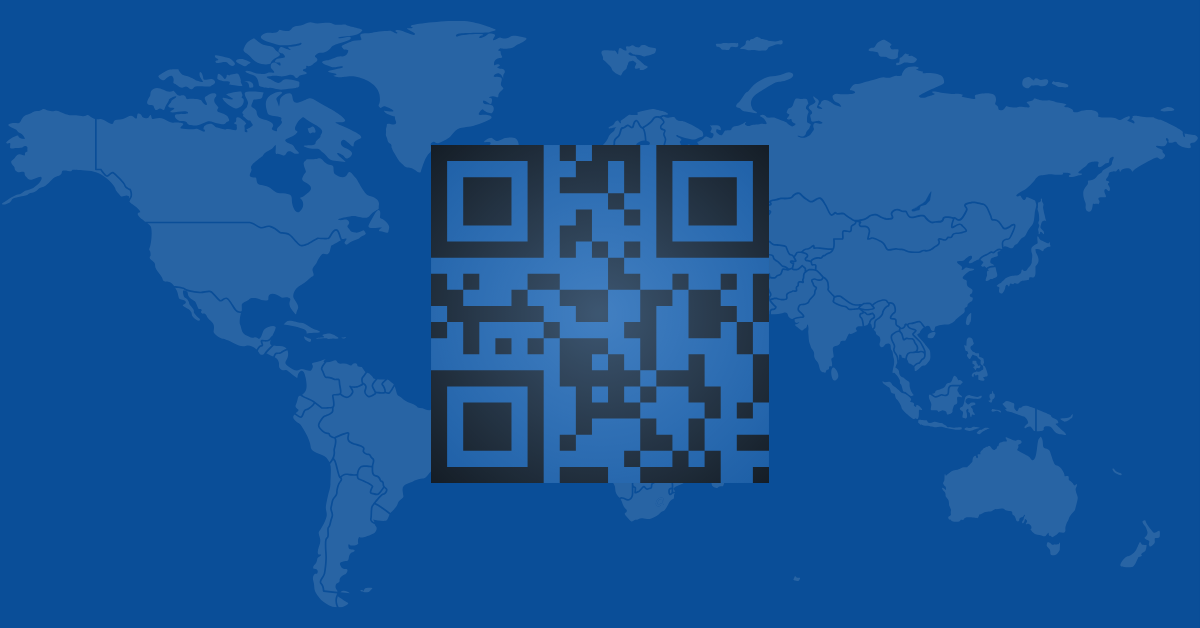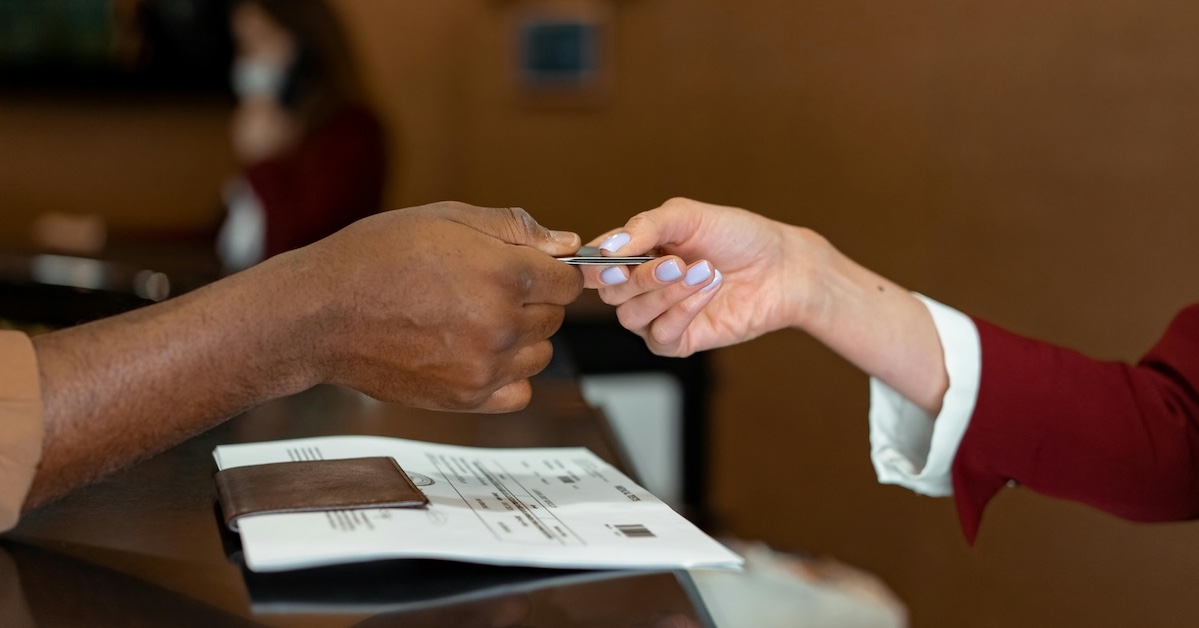Why do some IDs have QR codes?
QR codes on IDs serve multiple purposes, primarily centered around enhancing security and enabling digital identity verification. These QR codes can store additional information, such as biometrics or unique identifiers, that can be scanned and verified by authorized systems. They also help in online identity verification and authentication, making it easier to use online services.
Which countries have QR codes on their IDs?
Many countries have embraced QR codes to modernize their identification systems. Some examples include:
Myanmar
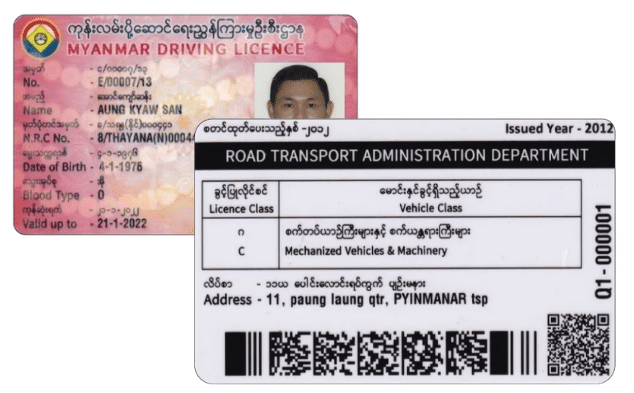
Driver’s licenses in Myanmar feature a QR code on the back that links to an official webpage displaying the holder’s personal details, including their photo—allowing authorities to verify authenticity on the spot.
Chile

Chilean ID cards include personal data like the RUN (Rol Único Nacional), date of birth, and document number in a QR code. Inspectors use this to cross-check details via a government portal.
Denmark
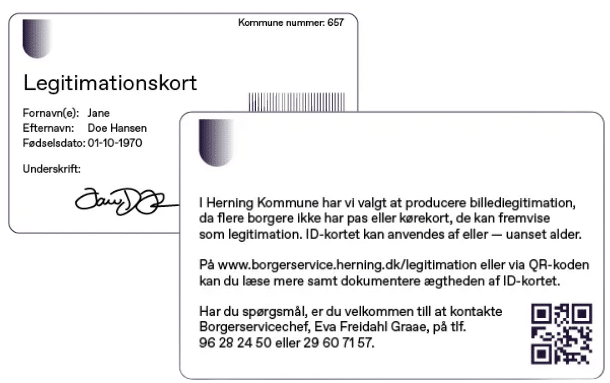
The Danish youth card, or legitimationskort, is issued by municipalities and often includes a QR code for real-time validation, in addition to other security features like holograms.
India
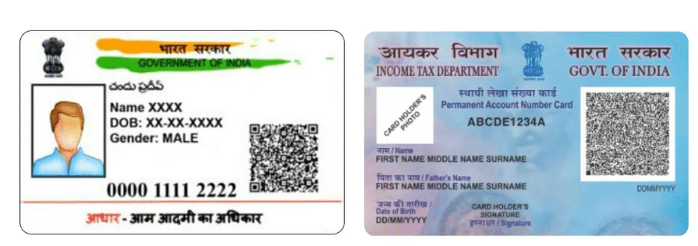
India’s national ID (Aadhaar) uses a secure QR code that encodes demographic information such as name, address, and mobile number. This data can be verified and is backed by a digital signature from UIDAI (Unique Identification Authority of India). In addition, the Indian Permanent Account Number (PAN) card is a mandatory document for Indian citizens who pay taxes, often used for opening bank accounts or paying large bills. These documents a valid for the cardholder’s lifetime and have a QR code on the front of the document.
Argentina
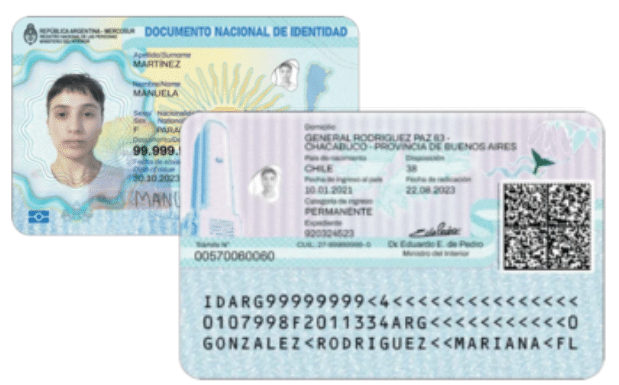
Both national IDs and digital driver’s licenses in Argentina use QR codes. The driver’s license, available via mobile, is backed by a digital signature and lets users access their data, book renewal appointments, and receive expiration reminders.
Pakistan

QR codes are commonly found on national IDs across regions like Punjab, Swat, and Quetta, helping with document validation and digital record matching.
Mexico
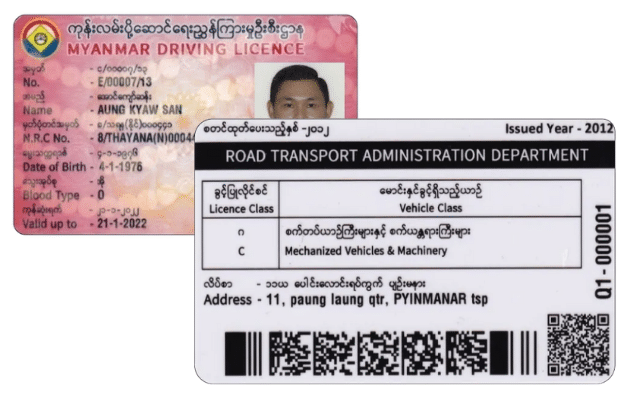
Mexican voter cards also incorporate QR codes, supporting secure and efficient identity verification for electoral and governmental services.
Philippines
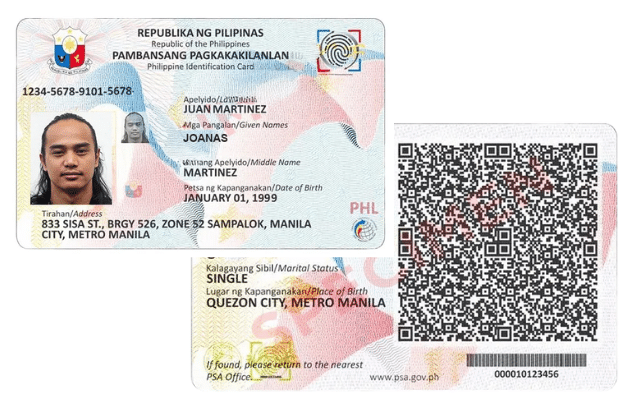
The Philippine national ID card (PhilID) includes a QR code on the back, alongside demographic and biometric data such as fingerprints and an iris scan. This QR code facilitates secure identity verification and is part of the government’s digital ID initiative.
Brazil

Brazil’s new national ID card, introduced in 2023, features a QR code on the back. This code contains the cardholder’s personal information, enhancing security and enabling efficient digital verification.
Estonia

Estonia’s ID card system, known for its digital integration, includes a QR code to verify the card’s authenticity and facilitate secure online services. This feature supports Estonia’s e-residency and digital governance initiatives.
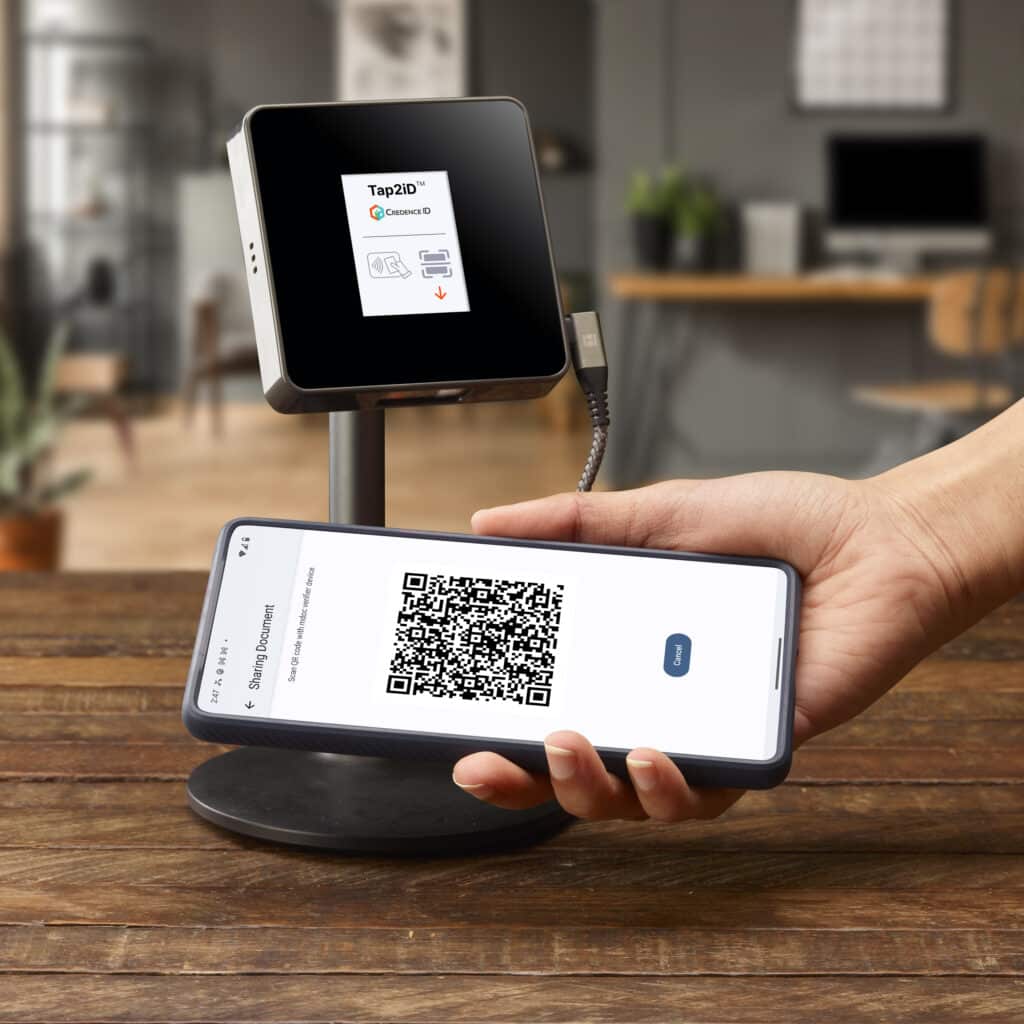
QR codes and mobile drivers licenses (mDLs)
As digital identification becomes more prevalent, mobile driver’s licenses (mDLs) are rapidly gaining traction as a secure and convenient alternative to physical IDs. The majority of mDLs, both in the United States and globally, have QR codes for both usability and security.
QR codes on mDLs allow for quick and secure verification, often in addition to NFC capabilities. When a mobile driver’s license is presented, a QR code can be scanned by authorized personnel or systems to instantly confirm the authenticity of the ID. This is particularly useful in settings like airports, age-restricted venues, or traffic stops, where fast and accurate identity verification is essential. Unlike traditional IDs that can be forged, the data encoded in an mDL’s QR code is typically cryptographically signed, meaning any tampering would immediately be detected.
Additionally, QR codes support privacy-by-design principles. Instead of sharing all personal information upfront, such as your full address or birthdate, the QR code allows selective disclosure. For instance, a bar might only need to verify that someone is over 21, not know their full name or home address. The QR code can trigger a secure interaction where only the necessary data is shared, empowering individuals to retain more control over their personal information.
How do QR codes on IDs work?
QR codes are two-dimensional barcodes that can store significant amounts of information. When scanned by an authorized device or mobile app, the QR code can:
- Reveals encoded personal data such as name, date of birth, and ID number.
- Links to government databases or validation tools that confirm the document’s authenticity.
- Performs cross-checks against visually printed information on the card.
- Uses digital signatures or certificates to verify that the information has not been tampered with.
The role of ID verification technology
QR codes are quickly becoming a vital component of modern ID systems globally. They can provide a bridge between physical documents and digital identity, enhancing both security and usability. Identity verification solutions like VeriScan are essential to read ID data and authenticate documents for legitimacy.
